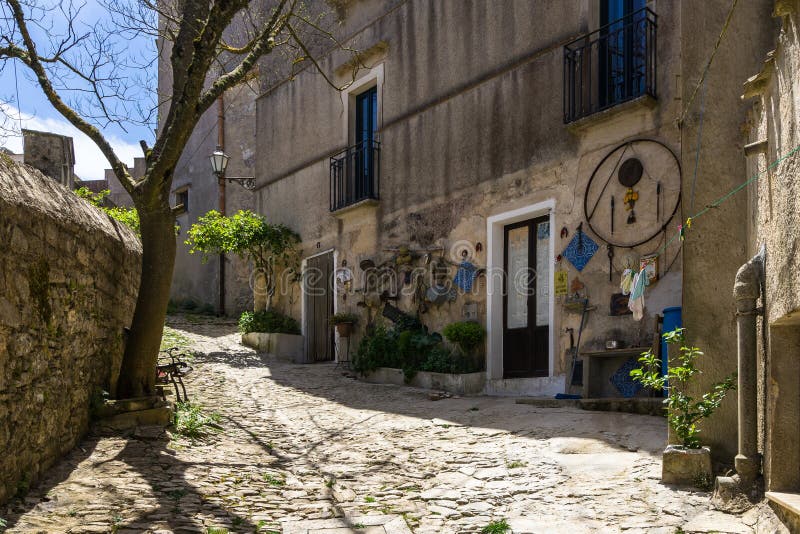

Single room dwellings often did not even have window openings.įurniture is mentioned in documents, but no peasant furniture from before the 16th century survives. Wooden shutters on a simple hinge would have been the height of luxury. There is no evidence remaining for what sorts of doors were used, but we do know that poor people would not have had glass windows. Toilets of course were not part of these simple houses - a hole at the back of the yard would have been a possible medieval solution. Rushes or straw were sometimes put on the floor to provide comfort and warmth. The floors of the cottages were made of beaten earth or clay. Gibbons for information about construction of medieval houses.) Sometimes, due to the fire hazard, the cooking facility was outside in a makeshift external kitchen. Unfortunately no buildings survive, but the building platforms in sites of deserted villages look lumpier and more uneven if the houses were constructed with drystone walls.Įven though cottages did not have chimneys, some houses had stone hearths in the centre of the room, which would have made for a very smoky environment. On the Welsh borders it is windy and very wet, and stone roofs would have been more durable than thatch. Availability of building materials, and perhaps even weather conditions, would have influenced how houses were built. Even lower status houses (the houses of the poor) would have been built using stone in a drystone wall construction and using stone tiles on the roof instead of thatch. More stone, such as sandstone and - in the northern areas - limestone, is available to be used as building material. The geology of the western side of Herefordshire differs to that of the rest of the county. After harvest, when the first frosts had made the remaining corn stalks brittle, they were snapped off and used for thatch. Straw, if available, was the preferred material for thatch. If rafters were unavailable, which probably more often than not was the case, then bundles of branches were lashed together and interlaced with smaller bits of wood to support thatching.

The roof construction of the cot was equally flimsy. These trees were then sold, presumably as timbers or ceiling rafters for building. During a court session on 29th August 1451 (during the reign of Henry VI), Joanna Mascald, a tenant at will, and Henry Noke were accused of wrongly and without permission cutting down two oaks and selling them (Arkwright Manorial Records, A63, Herefordshire Record Office). In this case we have two people who cut down trees belonging to the lord. Manorial court records are a good primary source for the kinds of trouble that villagers could get into. The untreated wood would soon decay and the building collapse. The result was flimsy and not very durable. In fact the lord of the manor kept the best wood for himself, so only inferior, slender posts would have been used. The construction of a cot cannot be called timber frame, as the timbers were not worked into joints and the timber posts were rarely set in straight lines. Hedgerow species can help us to interpret the age of the hedge. Hazel was a particularly useful source of wood, especially for peasants who did not often have (legal) access to managed woodlands. Hedges were an important resource in medieval Herefordshire. In wattle and daub construction, twigs of hazel, willow or cleft oak were intertwined and daubed on both sides with a muddy mixture of earth, chopped straw and dung, with chalk or lime added if available. If the wall-posts were set on flat slabs of stone as opposed to being put directly into the earth, they would last for about 50 years without rotting.

These houses were mostly built of timber and in-filled walls such as wattle and daub construction. By the 13th century a room may have been added on, but no examples from this period survive. Before the 13th century, most village cots (the houses of cottars, the poorest people in a village) would have consisted of only one room, around 5m x 3.5m in size. This is why we do not have many remains of this kind from the medieval period. Most village houses would have been of a poor quality, not built to last.


 0 kommentar(er)
0 kommentar(er)
